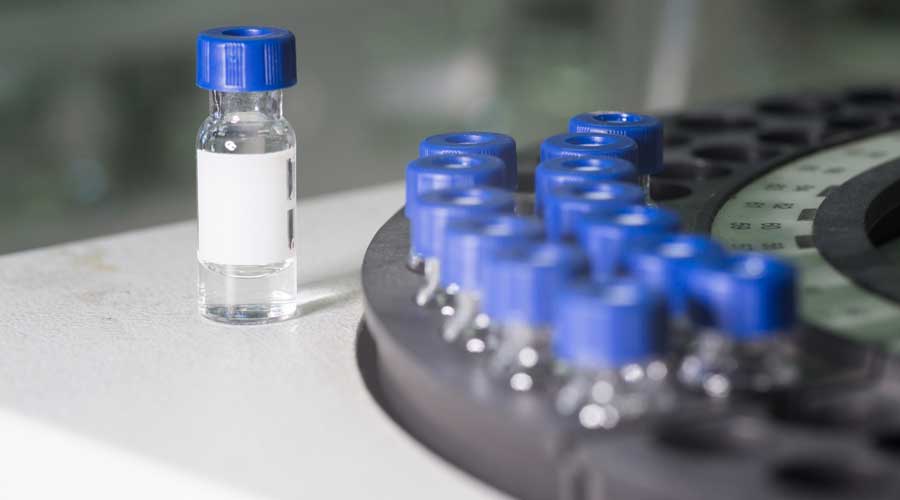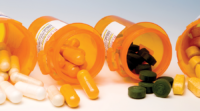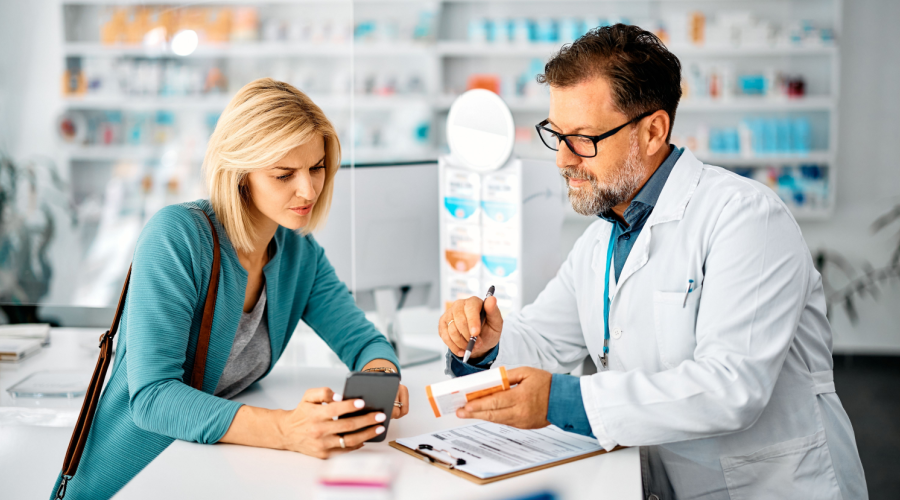As an independent community pharmacist, you may be asking yourself, what exactly are biosimilars? And what do I need to know about them?
Biosimilars are becoming increasingly important, as patents for biologics expire and manufacturers work to develop similar products to compete with approved branded drugs.
But there’s still a lot of uncertainty surrounding what biosimilars are and how they will affect the market and your pharmacy.
Here are some answers to a few of the most important questions you may have about biosimilars.
What are biosimilars?
A biosimilar is a biological product, or biologic, that’s highly similar to an already approved biologic. The original biologic is known as the biosimilar’s reference product.
Biologics are used to treat conditions such as rheumatoid arthritis, anemia, low white blood cell count, inflammatory bowel disease (IBD), skin conditions like psoriasis and certain forms of cancer.
How do biosimilars differ from generics?
Many like to think of biosimilars as the generic versions of branded biologics, but there are some distinct differences between biosimilars and generics.
A generic drug is an exact copy of its brand-name counterpart, and the two are considered to be bioequivalent. Biosimilars, however, are not bioequivalent to their reference products.
Conventional medications, or small-molecule drugs, are made from chemical substances that are easily synthesized and replicated to create a generic version that’s identical to the original drug.
Biologics are made with materials from living organisms, such as humans and animals, and microorganisms, like bacteria and yeast. The structure of biologics is much more complex than that of conventional drugs, making them impossible to duplicate.
Although biosimilars are not exact copies of their reference products, they contain the same active substances. There are no clinically meaningful differences between the two biologics in regards to safety or effectiveness.
The U.S. Food and Drug Administration (FDA) only allows minor differences in clinically inactive components for a biosimilar to be eligible for approval.
Are biosimilars as safe as the original biologics?
Health care professionals across the board are mainly concerned about whether or not biosimilars are actually as safe and effective as their reference products.
In an effort to answer this question, researchers from Johns Hopkins analyzed and compared the original and biosimilar forms of tumor necrosis factor-alpha (TNF-α) inhibitors for rheumatoid arthritis, IBD and psoriasis. The study, published in the Aug. 2 issue of Annals of Internal Medicine, found that the two produced similar safety and efficacy outcomes, supporting their interchangeability.
How are biosimilars named?
A topic of significant disagreement is how biosimilars are named and identified.
Specific rules have not been established yet. However, the FDA issued a draft guidance in August 2015, which proposed that biosimilars and their reference products have nonproprietary names that share a core drug substance name, and include a suffix composed of four randomly assigned, lowercase letters.
For example, if the reference product’s nonproprietary name was replicamab-cznm, the biosimilar could be replicamab-hixf.
The letters that make up the suffix could also be derived from the name of the manufacturer. For example, the current nonproprietary name for Sandoz’s Zarxio® is filgrastim-sndz.
Supporters believe the difference in nonproprietary names is a way to avoid confusion and prevent an inadvertent substitution of biological products that are not interchangeable. Opponents believe the difference in names actually creates confusion for all parties involved.
What are the provisions of prescribing biosimilars?
One of the most important conditions of prescribing biosimilars is that, unlike with generics, pharmacists are not allowed to automatically substitute a biosimilar for its reference product without obtaining permission from the prescriber.
When a prescriber is writing the prescription, he must write the specific name of the biosimilar product for it to be used in place of the biologic reference product.
What can be expected for the pricing of biosimilars?
It’s expected that biosimilars will cost anywhere from 10 to 40 percent less than their reference products.
But this cheaper alternative can be a concern for independent pharmacists.
Pharmacies can expect to receive pressure from payers amidst the price competition, as payers will begin to push for biosimilar substitution. As with the introduction of generics, it may be difficult for pharmacists to convince prescribers and patients to make the change, especially considering the uncertainty surrounding biosimilars.
Are there any biosimilars currently on the market?
So far the FDA has approved three biosimilars, but only one is currently on the market.
Zarxio, a biosimilar to Neupogen®, was the first biosimilar approved by the FDA in March 2015, and is currently on the market. The medication helps to reduce the risk of infection in patients with certain types of cancer, as it helps to replenish white blood cells lost during chemotherapy treatment.
The FDA approved Inflectra™, a biosimilar to Remicade®, in April 2016. It’s expected to hit the market soon. The medication helps treat conditions such as rheumatoid arthritis, psoriasis and Crohn’s disease.
Erelzi®, a biosimilar to Enbrel® and the latest biosimilar to gain approval from the FDA, was approved in August 2016. It’s used to treat inflammatory diseases like rheumatoid arthritis, plaque psoriasis and psoriatic arthritis.
Due to the patent expiration of many original biologics, there will likely be a significant increase in biosimilars on the market in the near future.
Specialty drugs, including biologics, are becoming more prevalent. Check out these four reasons why specialty pharmacy continues to grow.












